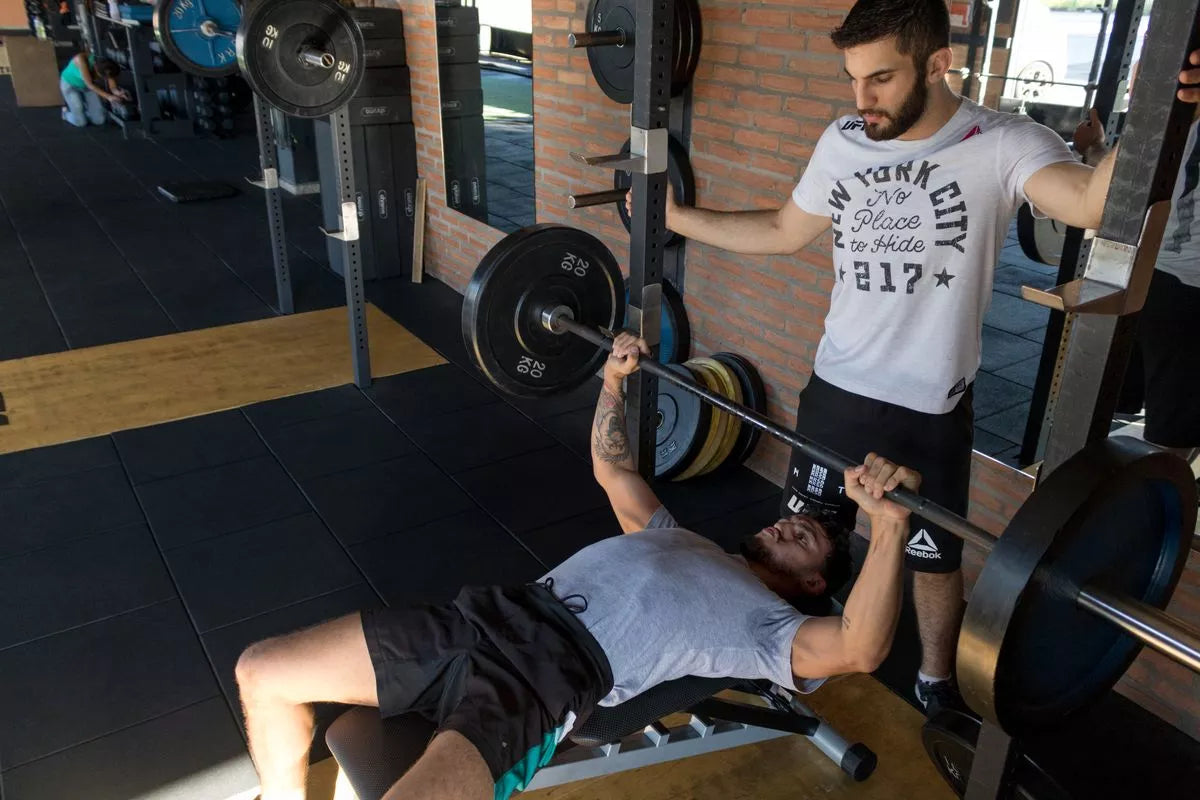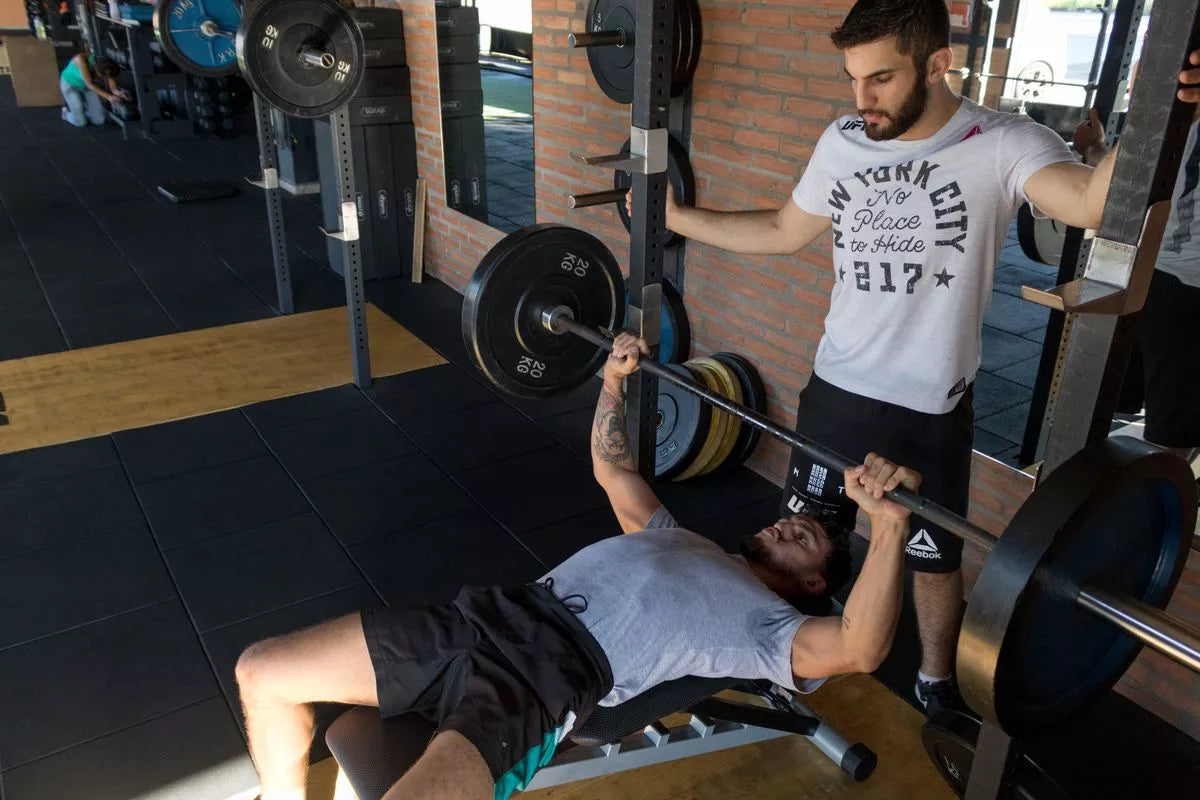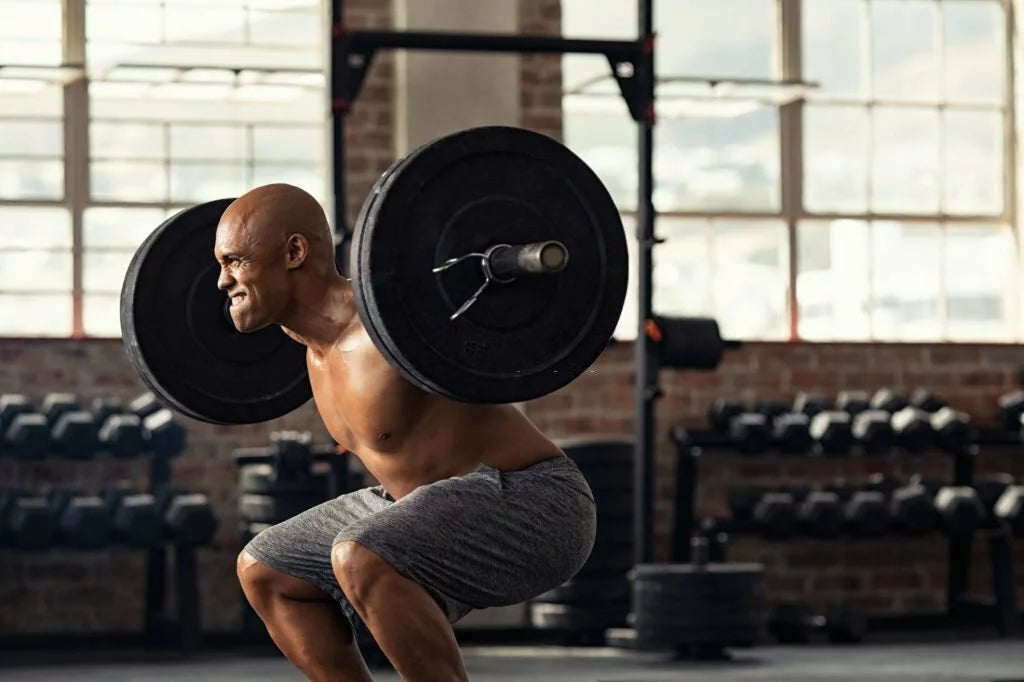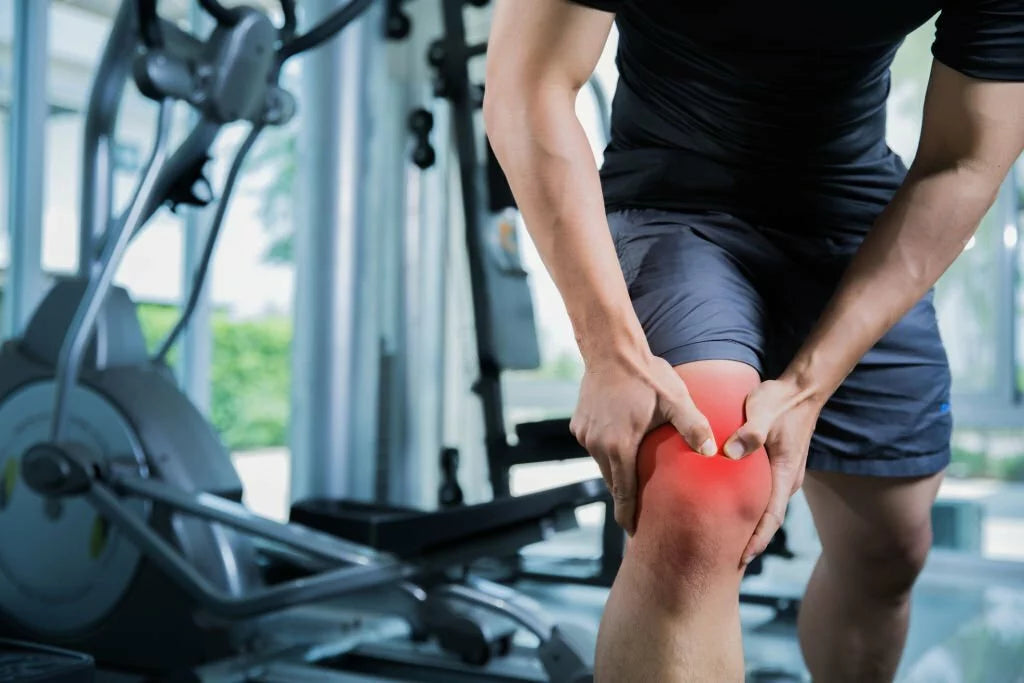Douleur au coude au développé couché : causes, gestion et stratégies de prévention


La douleur au coude au développé couché est un problème fréquent chez les haltérophiles et les athlètes. Elle peut considérablement entraver les performances et être source d'inconfort et de frustration. Dans cet article, nous explorerons les différentes causes de douleur au coude au développé couché, le lien entre la douleur au coude et d'autres problèmes articulaires et musculaires, ainsi que les stratégies efficaces de prise en charge et de prévention. En comprenant les causes sous-jacentes et en mettant en œuvre des mesures préventives, vous pourrez soulager votre douleur au coude et continuer à pratiquer le développé couché en toute confiance.
Causes courantes de douleur au coude lors du développé couché
Le tennis elbow, également appelé épicondylite latérale, est une cause fréquente de douleur au coude au développé couché. Il s'agit d'une inflammation des tendons reliant les muscles de l'avant-bras à l'épicondyle latéral de l'humérus. Une sollicitation excessive et des efforts répétés sur les tendons peuvent entraîner des microdéchirures et des douleurs ultérieures. Les facteurs de risque du tennis elbow incluent une mauvaise posture, une pratique excessive de la musculation et un mauvais conditionnement des muscles de soutien. Les symptômes incluent douleur et sensibilité sur la face externe du coude, une faible force de préhension et une gêne lors des exercices de développé couché.
La tendinite du triceps est un autre type de douleur au coude fréquemment ressentie lors d'un développé couché. Le tendon du triceps relie le muscle triceps à l'articulation du coude. Une contrainte excessive sur le tendon du triceps, notamment lors d'exercices intenses de développé couché, peut entraîner inflammation et douleur. Les symptômes de la tendinite du triceps comprennent une douleur à l'arrière du coude, un gonflement et une amplitude de mouvement limitée.
Le coude du golfeur, aussi appelé épicondylite médiale, est similaire au coude du tennisman, mais affecte la face interne du coude. Il est causé par une sollicitation excessive des muscles fléchisseurs et pronateurs de l'avant-bras. Les exercices de développé couché peuvent aggraver les symptômes du coude du golfeur, entraînant douleur, sensibilité et faiblesse dans la région affectée.
Le coude du haltérophile, ou lésion du ligament collatéral ulnaire, est moins fréquent mais tout aussi grave. Il s'agit d'une lésion du ligament de la face interne de l'articulation du coude, souvent causée par des efforts répétés ou un traumatisme. Les exercices de développé couché peuvent contribuer au coude du haltérophile, notamment en cas de mauvaise technique ou de charge excessive. Les symptômes incluent une douleur à la face interne du coude, une instabilité et une sensation de claquement.
Relation entre la douleur au coude et d'autres problèmes articulaires/musculaires
Une douleur au coude au développé couché peut également être associée à une douleur à l'épaule et à des lésions de la coiffe des rotateurs. L'articulation de l'épaule et les muscles de la coiffe des rotateurs jouent un rôle crucial dans la stabilisation du haut du corps lors des exercices de développé couché. Toute faiblesse ou tout déséquilibre de ces muscles peut entraîner une altération de la mécanique, une contrainte excessive sur l'articulation du coude et des douleurs ultérieures. Les personnes souffrant de douleurs au coude au développé couché doivent également prendre en compte la santé et la force des muscles de leurs épaules.
De plus, des problèmes d'avant-bras et de poignet peuvent contribuer aux douleurs au coude lors du développé couché. La force de préhension et l'intégrité des muscles de l'avant-bras sont essentielles au maintien d'une posture et d'une stabilité correctes pendant l'exercice. Une faiblesse ou une tension dans ces zones peut entraîner des mouvements compensatoires et une augmentation de la tension sur l'articulation du coude. Des exercices de renforcement de l'avant-bras et du poignet doivent être intégrés pour prévenir et gérer les douleurs au coude lors du développé couché.
Stratégies de gestion et de prévention
Consulter un professionnel de la médecine du sport ou un kinésithérapeute est essentiel pour diagnostiquer et traiter les douleurs au coude au développé couché. Un kinésithérapeute peut évaluer l'état de santé du patient, identifier les problèmes sous-jacents et proposer un plan de traitement personnalisé. Des exercices et techniques spécifiques recommandés par des experts peuvent soulager la douleur et renforcer les muscles affectés.
Des techniques d'échauffement et de récupération appropriées doivent être utilisées avant et après les séances de développé couché afin de préparer les muscles et les articulations à l'effort et de favoriser la récupération. Des modifications de l'exercice, comme la réduction du poids ou la modification de l'amplitude de mouvement, peuvent aider à éviter d'aggraver la douleur au coude.
La largeur et la force de la prise sont essentielles. Une prise neutre, paumes face à face, peut contribuer à soulager la tension exercée sur les coudes. Des exercices de renforcement des triceps, des biceps, des avant-bras et des omoplates sont recommandés pour améliorer la force et la stabilité globales du haut du corps.
Il est essentiel de traiter les problèmes biomécaniques sous-jacents pour gérer la douleur au coude au développé couché. Il est essentiel d'adopter une posture et une technique appropriées lors des exercices de développé couché. Il est important d'évaluer les déséquilibres anatomiques et les mouvements compensatoires susceptibles de contribuer à la douleur au coude. Une approche globale de la santé des membres supérieurs doit être adoptée, en privilégiant les exercices de renforcement et d'étirement des zones affectées.
Le repos et la récupération sont essentiels à la réussite d'un plan de gestion. Les blessures dues à une surutilisation doivent être prises en compte et il est conseillé d'augmenter progressivement l'intensité et le volume des exercices afin d'éviter toute sollicitation supplémentaire des coudes.
En cas de douleur chronique ou intense au coude, une consultation professionnelle peut s'avérer nécessaire. Les professionnels de la médecine du sport peuvent recommander des injections de corticostéroïdes ou une intervention chirurgicale en dernier recours pour soulager la douleur et favoriser la guérison.
Essayez de porter des coudières
En offrant compression et soutien à l'articulation du coude, au tendon et aux muscles voisins, les manchons de coude soulagent non seulement la douleur, mais accélèrent également le processus de guérison et garantissent une forme et une technique appropriées.
Les bienfaits des coudières vont au-delà du simple soulagement de la douleur. La compression qu'elles procurent soulage la pression exercée sur les muscles de l'avant-bras, du poignet et du coude. Ceci est particulièrement bénéfique pour gérer l'inflammation et stabiliser l'articulation, notamment après des blessures dues à une surutilisation comme une tendinite ou une élongation musculaire. Le retour proprioceptif des coudières permet également à l'haltérophile d'affiner sa perception de la position et de la forme de son coude, l'aidant à maintenir une prise neutre et une largeur de prise appropriée, ce qui réduit la tension sur les articulations du coude et de l'épaule.
Les professionnels de santé, notamment les kinésithérapeutes et les spécialistes en médecine du sport, préconisent fréquemment l'utilisation de coudières. Ces professionnels possèdent l'expertise nécessaire pour identifier et diagnostiquer la cause profonde de la douleur au coude, qu'il s'agisse d'une rupture du tendon, d'une blessure à la coiffe des rotateurs ou de toute autre blessure due à une surutilisation. Ils peuvent guider les patients dans le choix de la coudière la mieux adaptée à leurs besoins. Ils recommandent également souvent des exercices de kinésithérapie ciblant les muscles du coude, de l'épaule et des membres supérieurs affectés. Associés aux coudières, ces exercices favorisent la rééducation et renforcent les muscles environnants.
Conclusion
Les douleurs au coude au développé couché peuvent être une préoccupation majeure pour les haltérophiles et les athlètes. Comprendre les causes courantes des douleurs au coude, leur lien avec d'autres problèmes articulaires et musculaires, et mettre en œuvre des stratégies de gestion et de prévention adaptées peuvent aider à surmonter ce problème. Consulter un professionnel, privilégier les exercices de renforcement et d'étirements, et adopter une approche globale de la santé des membres supérieurs sont essentiels pour soulager les douleurs au coude et garantir une routine de développé couché sûre et productive. En appliquant ces mesures, vous pourrez continuer à profiter des bienfaits des exercices de développé couché tout en minimisant les risques de blessures au coude.


